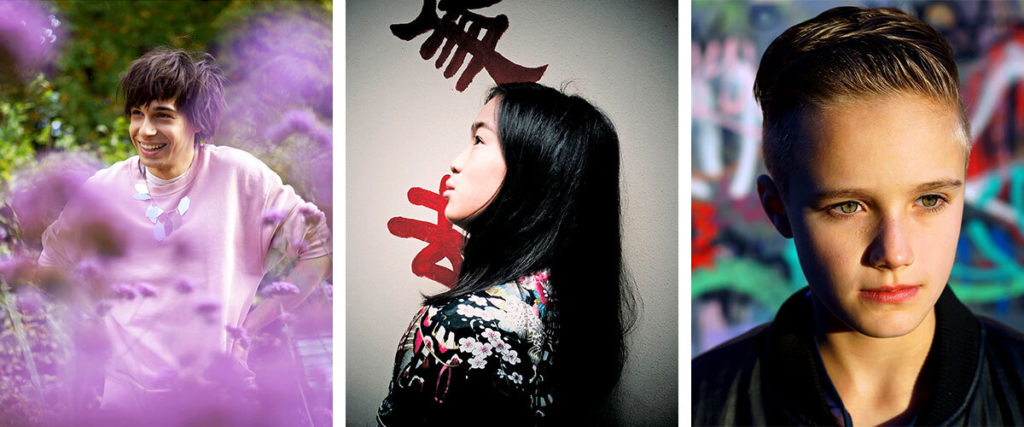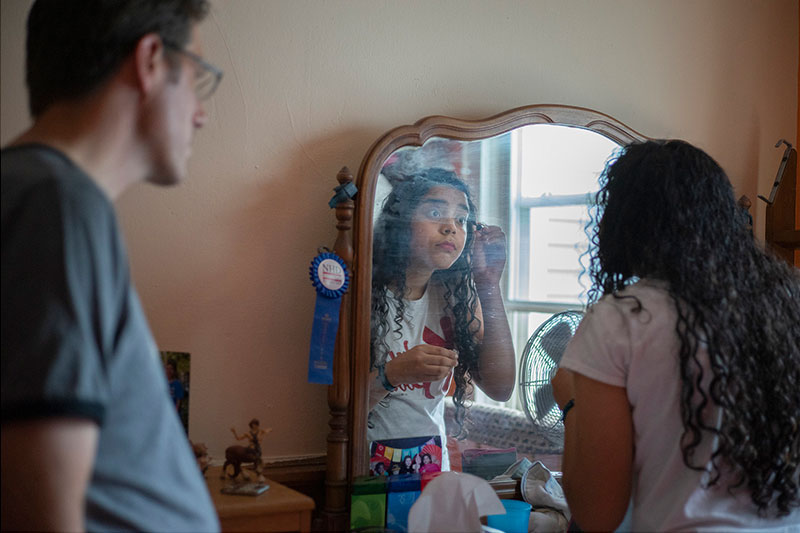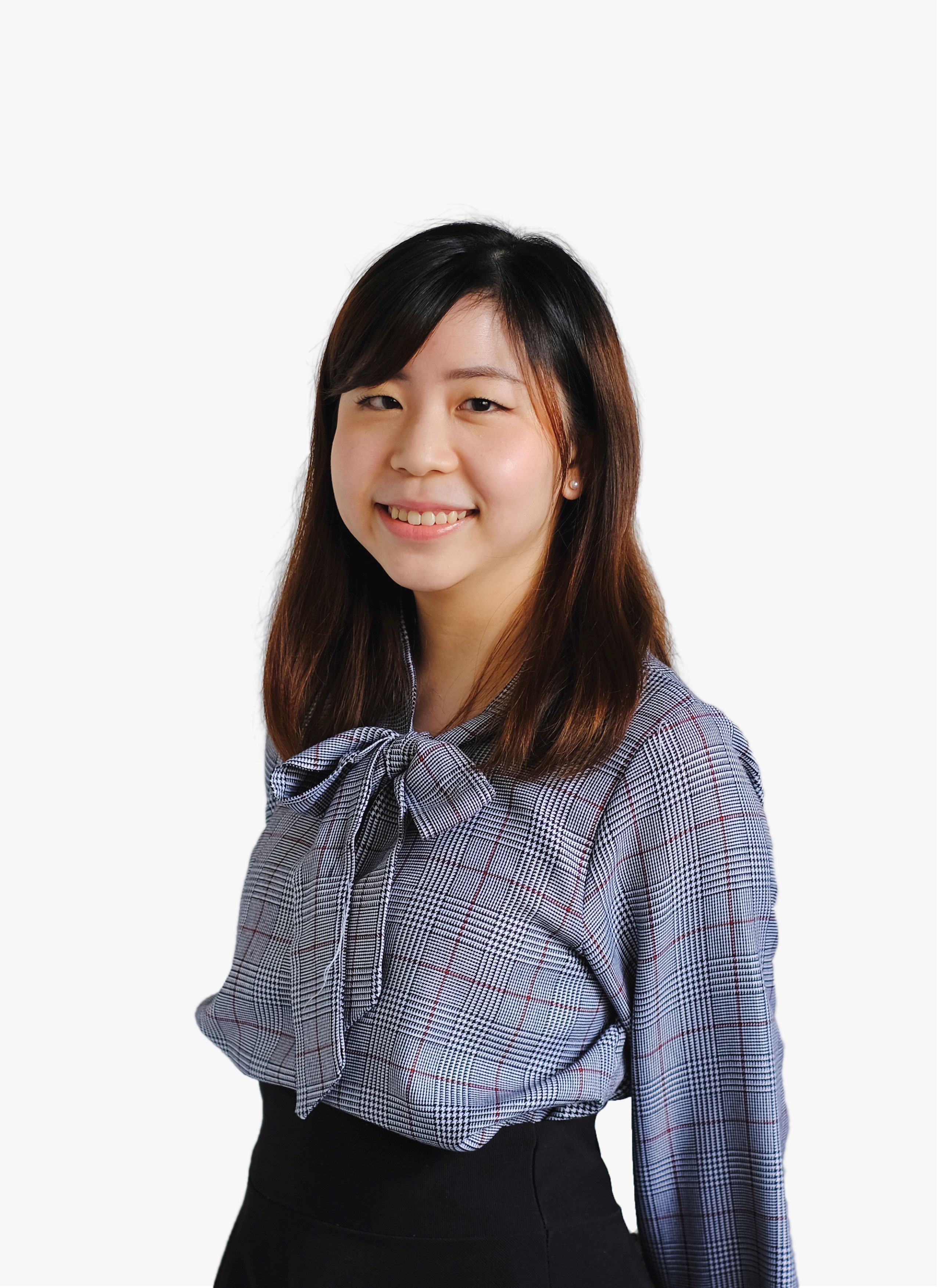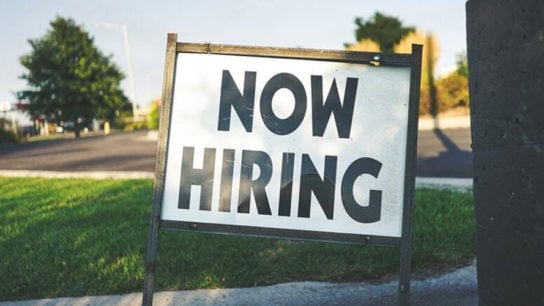Photographer Paule Saviano discusses photography project Embrace and the deep-rooted stigma that surrounds gender identity.
Originally from New York, Paule Saviano first discovered his passion for photography at the age of 12. After graduating in Visual Media and Political Science from the American University in 1996, Paule began his work as a professional photographer. Wanting to gain perspective on the human aspect of the subjects of war and nuclear power, Paule visited Nagasaki, where he began working on his most notable project ‘From Above’ featuring portraits and oral testimonies from the survivors of the Nagasaki atomic bomb and Tokyo Air Raid in 1945.
In 2016, driven by a desire to tackle the global stigma surrounding gender identity, Paule launched a photography project entitled ‘Embrace’ to showcase the diverse range of identities and experiences of transgender, intersex and gender non-binary people from across the world, set to be showcased in Tokyo, Japan in September 2020. We at Hive Life sat down with him to discuss the project and the inspiration behind it.
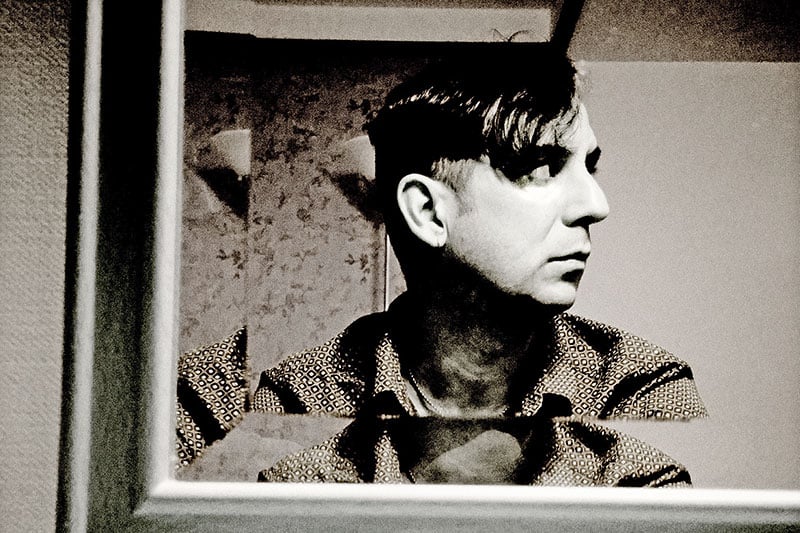
What sparked your interest in photography?
I was always interested in people. My work really focuses on people and emotion – I try and photograph people whose lives were affected by an event or by who they are. You can see that most of my subjects’ experiences have left a mark or an impression on their lives, and have shaped their lives, whether it be an atomic bomb survivor, or war survivor, or someone who is living outside of the traditional categories of gender.
Why did you choose to focus on the transgender and gender non-binary community?
It was pure interest. Being from New York, I’m used to being around this diverse community and I’ve always advocated for LGBT rights. I’m a straight white male – I’m not transgender and I’m not part of the LGBT community, so I’m looking at it as a total outsider. In LGBT, only the T is about gender, not sexuality, and I think it’s kind of a forgotten part of the community, so I wanted to highlight the existence of these individuals.
While I’ve always been around transgender people, I’ve never thought about the point in their lives when they realised that they were not the gender that they were assigned to at birth, and I was really interested in trying to understand what it was like to transition to the gender that they identified with. I think everyone concentrates on the physical aspects of transitioning, but I’m interested in the emotional part of it – the emotional process had to be very deep.
You might also like Kodo Nishimura: The Monk in Mascara

“My life has been getting better since I began transitioning. I’m not depressed anymore. My anxiety, even though it’s still there, is getting better.” – Tobíaš
Can you touch on the diversity aspect of Embrace?
I want to emphasise that people with gender identities outside of the traditional categories are not confined to one country, culture, or age group. In 2016, I started off photographing in America, then I moved on to the Netherlands, the Czech Republic, Scotland, and in September, I will be photographing some transgender adults in Tokyo. Of those who have been photographed in the project, the youngest is five years old and the oldest was 72. Most of my subjects are transgender; some are agender, which means they don’t identify as male or female, and there are a few who are genderfluid, which means they sometimes associate as a male and sometimes identify as a female.
Was it difficult to get people to share their stories with you?
It was very difficult. The way that gender identity is seen differs in each country – in the Netherlands, they were more progressive in their view of transgender people; a lot of kids are able to transition while going to school and do it openly with access to doctors, therapists, and support groups, so finding subjects in the Netherlands was easy.
In the United States, I focused a lot on trying to find transgender people of colour, and that was difficult. It’s one thing to do an interview and just have your name on paper, but it’s another thing to have your face in a photograph that’s seen publicly. Transgender people of colour – especially female transgender people of colour – have a far higher murder rate than any other demographic in the United States; the conditions that they live in and the violence they are subject to is much higher than any other demographic in the States. It took me four years to find three transgender people of colour that would allow me to photograph them.
“For people who aren’t sure about their gender, it’s a difficult decision. You’re deciding on your entire life. It’s not just how it will impact other people; it’s how it will impact you.” – Tavish
What are some of the biggest misconceptions people have about the transgender and gender non-binary community?
The biggest problem is misinformation. A lot of people have the misconception that it’s a mental illness – it’s not. The World Health Organization reclassified gender identity disorder, so it’s no longer classified as a mental illness. Now, it’s classified as a condition called Gender Identity Disorder, which is a step in the right direction. Informing the public of the facts about Gender Identity Disorder will beneficial to remove the stigmas and false perceptions that lead to the discrimination and outcasting of transgender people from society.
Another misconception is that people will say that they’re confused, that they don’t understand and that they don’t know who they are. And I think there’s a problem when you say that – most of these people who I’ve photographed have understood at a very young age that they identify as a different gender than they were assigned at birth, and they can clearly articulate that. I also think that the traditional viewpoints of gender are very ingrained – I think it’s important not to assign stereotypical types of behaviours and characteristics to certain gender identities.
What do you think needs to be changed in order to dispel these misconceptions?
Everything starts with education and information. The lack of understanding is always the easiest path to prejudice, so if we understood a little bit more about what transgender is, it would go a long way. I hope that someone can see my photographs and learn about transgender or gender non-conforming people – to learn about their struggles and the fact that they just want to live a happy, productive life, just like anybody else. They’re not threatening anybody else’s survival or lifestyle – they’re just looking to be recognised and to be part of a society that accepts them. They’re not asking for anything special; they desire to be afforded the same rights that everyone else is afforded. They just want to be happy.
The first exhibition of Paule Saviano’s “Embrace” was hosted at Gallery EF in Tokyo from 2 September to 25 October 2020. For more information, visit www.gallery-ef.com or see more of Paule’s work on his website.
Related Articles
Saigon’s Biggest Drag Show Is Tearing Up Gender Stereotypes
#TattooGirlsJP: Breaking the Stigma Against Tattooed Women in Japan
